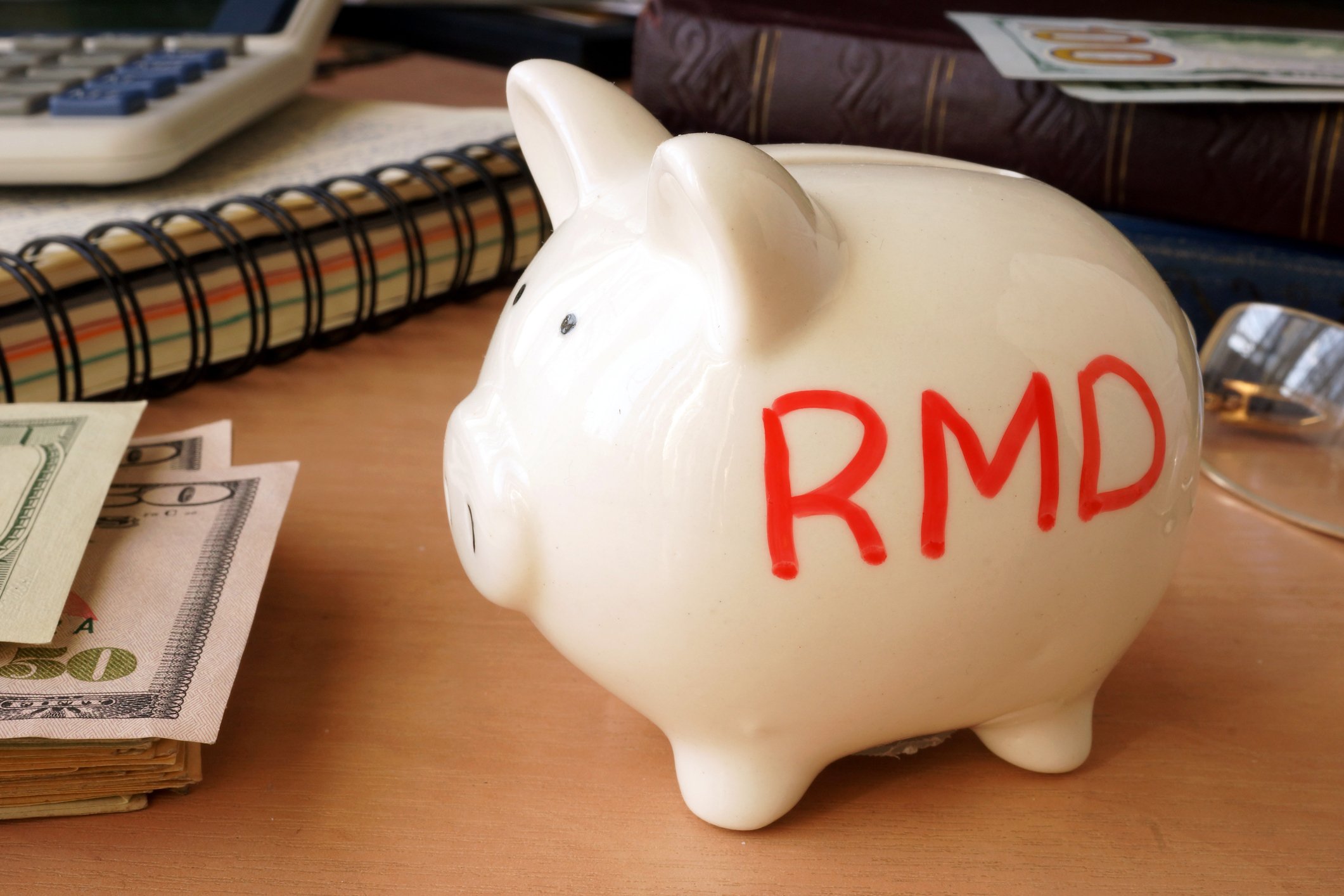Preparing for retirement can be confusing, and there's no one right answer as to how you should do it. However, there are several wrong ways to save for retirement, like waiting too long to get started or expecting Social Security benefits to cover all your retirement expenses.
There's also one mistake the majority of workers are making that most people may not even realize is a mistake. But left unchecked, this mishap could ruin your entire retirement.

Image source: Getty Images
How you spend your retirement money matters
When you're preparing for retirement, it might seem like the most important thing is saving enough by the time you leave your job. And it's true that the saving factor is crucial, but another factor to consider is how much you expect to spend each year in retirement. After all, you can spend your whole life building a strong and healthy nest egg, but if you overspend each year once you retire, that money won't last as long as it should.
The average worker says they expect to withdraw around 10.3% of their total savings each year in retirement, according to Schroders' 2019 Global Investor Study. At first glance, that might sound like a good pace. But for most retirees, spending that much each year will create big problems down the road.
If you withdraw 10% of your savings each year, that means your retirement fund will only last around a decade or so. But the average adult will likely spend a lot longer than that in retirement. Among today's 65-year-olds, the average life expectancy is 84 years for men and 86.5 years for women, according to the Social Security Administration. And one-third of today's retirees can expect to live into their 90s or beyond. So if you retire in your 60s, you could end up spending 20 to 30 years or more in retirement.
Your golden years won't be as enjoyable as you'd hoped if you run out of money 10 years into retirement. If you don't have a pension or part-time job keeping you afloat financially, you may be left to depend on Social Security benefits to get by. And considering the average beneficiary receives just $17,652 per year, that's not a lot to live on. That's why it's vital to make sure you're withdrawing your savings at an appropriate pace so your money will last as long as possible.
How much should you withdraw each year?
A common benchmark some financial experts swear by is the 4% rule, which says you can withdraw 4% of your savings during your first year of retirement. Then each subsequent year you can adjust that percentage to account for inflation. By following this guideline, your savings should theoretically last around 30 years.
The 4% rule has its drawbacks, however. For one, it assumes your expenses won't fluctuate year-to-year in retirement. In reality, though, around 80% of retirees experience significant spending shifts throughout retirement, according to a report from J.P. Morgan, so withdrawing the same amount year after year may not be realistic. The 4% rule also doesn't account for changes in the market. If the country is going through a recession and your investments take a hit, you might need to spend a bit less than usual during those years. Then when the economy is strong and you can afford to spend more, you can increase your withdrawals.
Despite its flaws, the 4% rule is a good rule of thumb to keep your expectations in check. When you're sitting on a huge pile of cash in your retirement fund, it's easy to think that money will last forever and you can spend whatever you want. But getting a rough idea of how much you can safely withdraw can help you pace yourself throughout retirement.
For a truly individualized approach, it might be a good idea to work with a financial advisor. You can discuss your ideal retirement and how much you expect to spend, and your advisor can help you determine how much you can comfortably withdraw so that your savings last as long as possible.
There's more to retirement than simply building a strong nest egg; the other challenge is figuring out how to make that money last. By understanding how much you can realistically withdraw each year, you can protect your savings for years to come.





